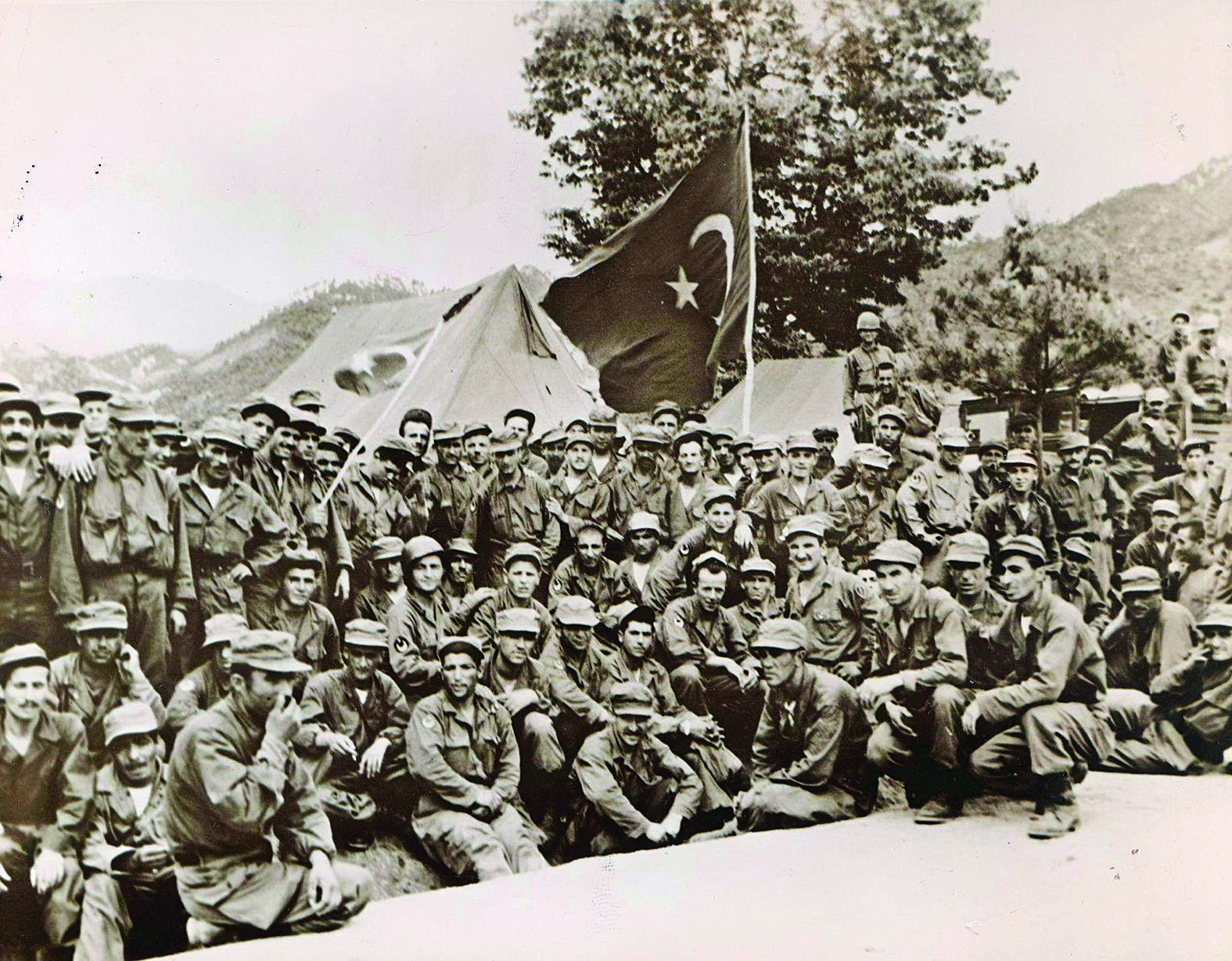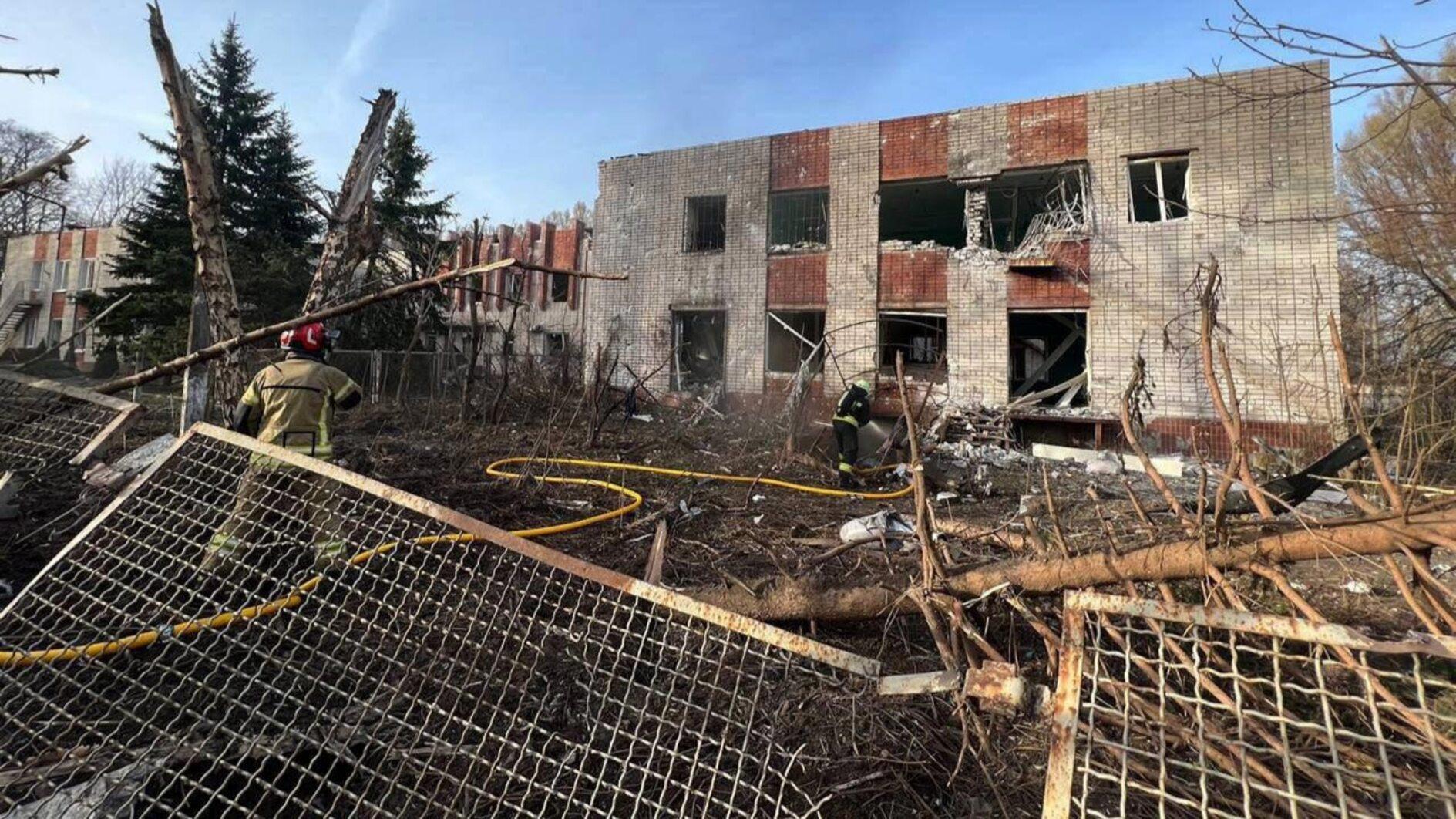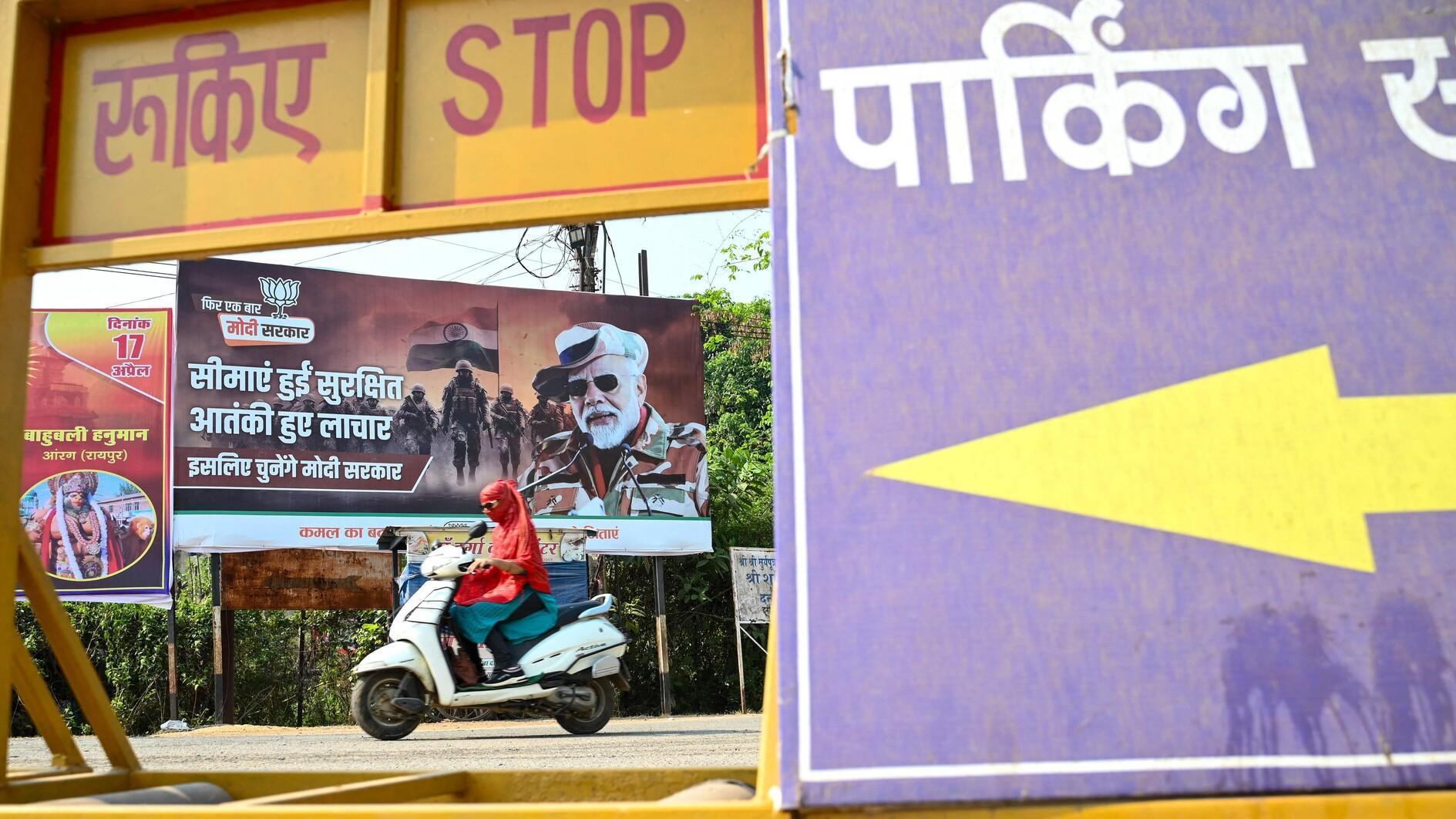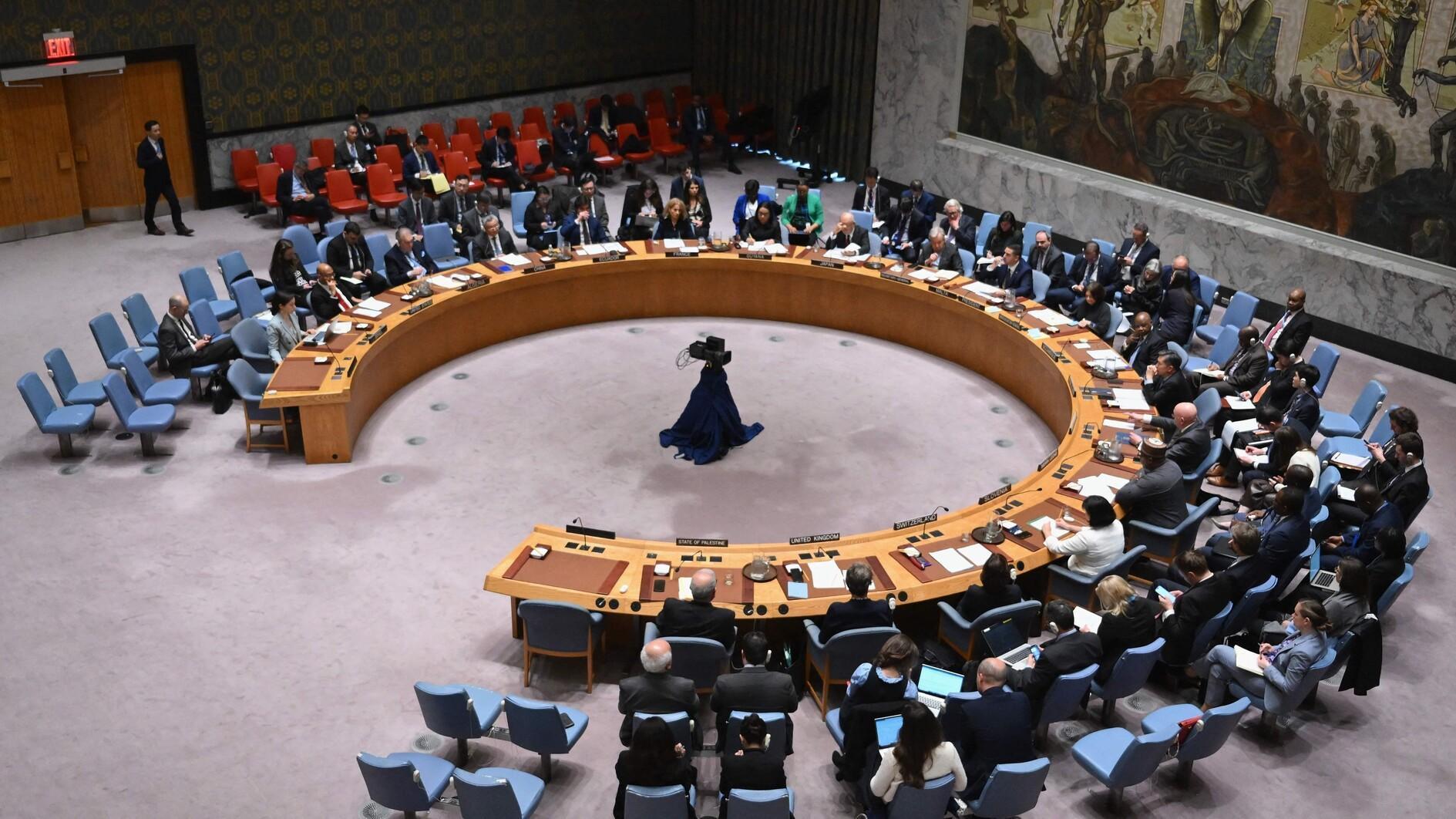Korean War: Reinvigorated mateship for Aussies and Turks
JULIA NHO*
 To many Turks and Aussies, the Battle of Gallipoli is a significant part of their history. As every ANZAC ceremony held in Gallipoli suggests, it had been a cornerstone of their nation-building process and shaping of national identity. Likewise, the Korean War also has a special place in their mind, particularly more so for the Turks given that Koreans had been historically perceived as “Kan Kardeş,” meaning “blood brothers.”
To many Turks and Aussies, the Battle of Gallipoli is a significant part of their history. As every ANZAC ceremony held in Gallipoli suggests, it had been a cornerstone of their nation-building process and shaping of national identity. Likewise, the Korean War also has a special place in their mind, particularly more so for the Turks given that Koreans had been historically perceived as “Kan Kardeş,” meaning “blood brothers.”However, surprisingly, it is not so well-known in the public mind that both countries served “together” in the Korean War as comrades-in-arms, not as enemies as in Gallipoli. Like Australia, Turkey was also one of the first countries to join the U.N.-led coalition to fight against communism in Korea.
The Aussies and Turks are both very proud of their achievements in both battles, but no one seems to connect these two experiences together in one picture.

In fact, the first people-to-people level mateship between the Aussies and Turks after the Battle of Gallipoli “started in the Korean War during the 1950-1953 period, fighting the fierce battle together,” Kenan Çelik, Turkey’s leading expert on the Gallipoli campaign, told me.
The photograph above was taken on July 14, 1954, in Korea during the Korean War and is archived in the Australian War Memorial.
The commander of the Turkish Regiment (left), Col. Kemal Madanoğlu, and Lieutenant Col. S.H. Buckler (right), commander of the 3rd Battalion, are enjoying Col. Mandanoğlu’s farewell party at the Turkish Brigade.
In the beginning, their friendship did not exactly start out rosily. When they first encountered each other in no-man’s-land, they accidently fired at each other, mistaking one another for Chinese or North Koreans troops. There was the language barrier, and the Turkish force was on a rushed mission.
Nevertheless, the language barrier did not stop them from forming “a close friendship right from the outset of the war in Korea,” according to the Australian War Memorial records.
While in Korea, they actually enjoyed commemorating ANZAC Day together.
In an interview with Michael Kelley, a historian specializing in the Korean War at the Australian War Memorial, he emphasized that during the 1950-1953 period, they held joint celebrations every year except 1951, when Australians were away in another location fighting in the battle of Kapyong. Although they did not get to be in the same place on ANZAC Day that year, they still had “a quality bonding time preparing for the special day together.”
This growing mateship continued in 1952 and 1953, “celebrating the past and strengthening the future together as allies,” said Kelley.
Each ANZAC Day was remarked by joint march-pasts, a series of drinking together, and friendly exchanges of canned Aussie beef and Turkish cigarettes. The two former enemies held “a high level of respect for each other and the common sharing of the past as allies.”
“The bonds of soldiering together” reinvigorated the Gallipoli mateship throughout the Korean War.
Mustafa Kemal Atatürk famously said, “Those heroes who shed their blood and lost their lives … you are now lying in the soil of a friendly country. Therefore rest in peace. There is no difference between the Johnnies and the Mehmets to us where they lie side by side here in this country of ours,” referring to the fallen men of Australia and Turkey who fought in the Battle of Gallipoli.
Almost 20 years later, the Johnnies and the Mehmets became real “mates.”

The legacy of the Australian-Turkish bond remained strong even in the aftermath of the Korean War. It had a positive impact on the Turkish veterans’ community, leading “many Turkish men who served in the Korean War to bring their families to Australia to settle,” said Kelley. This was not the only reason for the Turks to decide to immigrate to Australia, but the Korean War experience certainly played a significant part.
Another interesting fact is that the first non-European country that Australia signed a migration agreement with was Turkey in 1967, when the infamous “White Australia” policy had still been in place. As the name speaks itself, the policy was aimed at attracting immigrants from European countries to keep the population “white,” although the policy was later abolished in 1973.
Although there had been limits for “Asiatic Turks” immigrating to Australia, given the historical context, it is quite remarkable that Turks were the first non-Europeans permitted to enter Australia officially during the strict “White Australia” policy.
After the 1960s, there was “a huge influx of Turkish immigration to Australia,” where the number of Turkey-born immigrants “spiked from 970 to 5,383 in the early 1970s in Victoria,” said Kelley.
During the Korean War, the Australian War Memorial notes “perhaps the most monumental comradeship to develop is between the Turks and the Australians and New Zealanders whose fathers fought at Gallipoli.”
*Julia Nho is involved in the refugee settlement and integration field in Australia. She previously lived and practised journalism in Istanbul.
















